Contents
Green superfood. What you need to know about broccoli and how to cook it
With the end of the heat, fresh vegetables are dwindling, but fortunately, this is the season for broccoli, a legendary product. Is this cabbage really that good?
Broccoli is a valuable dietary product, rich in vitamins and nutrients, and at the same time low in calories. Broccoli belongs to the cruciferous family, its relatives are Brussels sprouts, cauliflower, white cabbage, kale, and also rucola, pak choy salad, mizuna, watercress, radish, horseradish, mustard and wasabi. Broccoli contains sulphorophane, a sulfur compound found in cruciferous vegetables that anti-cancer researchers have pinned their hopes on: it is believed that sulphorophane may reduce the risk of certain cancers. Interestingly, the potential harm from broccoli is also associated with the same substance, since sulfurofan itself is poisonous and is used by the plant to protect against pests.
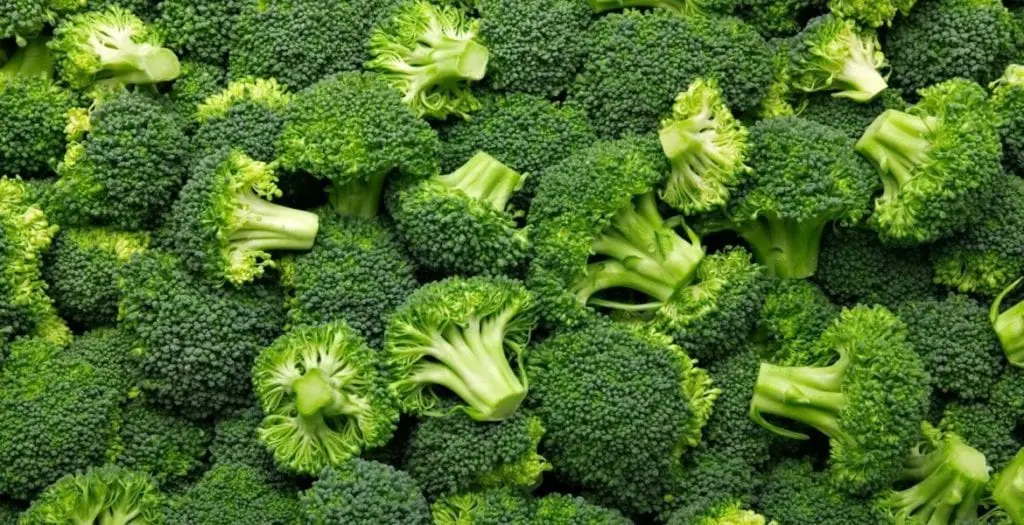
Broccoli was developed from wild cabbage back in the days of the Roman Empire, and the Romans liked the new product very much. The name broccoli comes from the Italian word “broccolo” – “sprout of cabbage”, and world fame for the vegetable began to come in the 1920s, although the real peak came at the beginning of the third millennium.
Benefits of broccoli: facts
1.100 g of broccoli contains 55 kcal.
- Broccoli is an excellent source of vitamins K and C, a good source of folic acid, carotenodia, potassium, fiber.
- Vitamin K is necessary for the functioning of many proteins involved in blood clotting, and also helps to strengthen bone tissue, therefore broccoli is recommended for osteoporosis. Adults require 1 mcg of vitamin K per kilogram of body weight. Just 100 g of steamed broccoli will provide your body with 145 mcg of vitamin K – a nutrient that’s easy to get from your diet.
- Vitamin C produces collagen, which forms the tissues and bones of the body and helps heal cuts and wounds. Vitamin C is a powerful antioxidant and protects the body from harmful free radicals. A 150g serving of cooked broccoli contains as much vitamin C as an orange and is a good source of beta-carotene. Broccoli also contains vitamins B1, B2, B3, B6, iron, magnesium, potassium and zinc.
- Fiber promotes digestion and helps to lower cholesterol levels.
- Broccoli contains carotenoids such as lutein and zeaxanthin, which in 2006 and 2003 studies were associated with a reduced risk of age-related visual impairments such as cataracts and macular degeneration. Night blindness is also linked to a vitamin A deficiency. Broccoli contains beta-carotene, which the body converts to vitamin A.
- Potassium is a mineral and electrolyte that is essential for nerve function and heartbeat. Folate – Essential for the production and maintenance of new cells in the body.
- But that’s not all. We’re not used to thinking of low-fat vegetables as a source of omega-3 fats, but while broccoli has a limited supply, this level of omega-3 can still play an important role in the diet. 300 grams of broccoli contains about 400 mg of omega-3 in the form of alpha-linolenic acid – about the same as a single flaxseed oil capsule – enough to provide minimal anti-inflammatory effects.
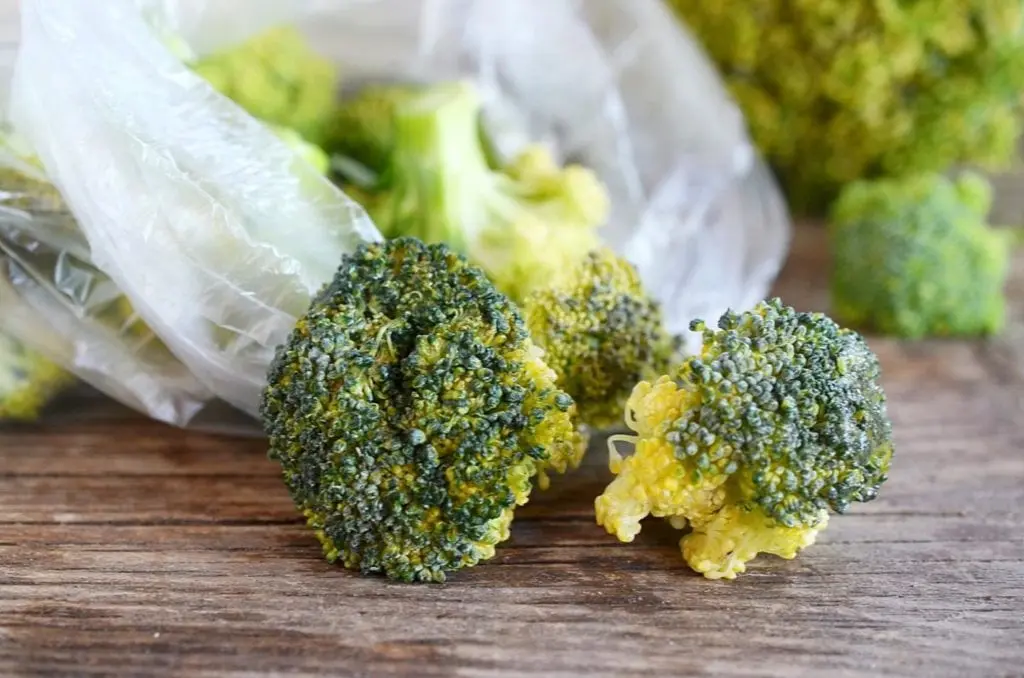
How can broccoli harm?
As mentioned above, sulfurofan, which is formed in broccoli when plants are damaged or cut, is a natural defense against pests in broccoli. For some small pests, it is harmful. Is it harmful to humans? Once in the blood, sulfurofan is excreted from it as quickly as possible – after three hours. However, people with chemical sensitivities, weakened immune systems, liver and / or gastrointestinal diseases may be more likely to experience symptoms related to natural chemicals in certain vegetables that are usually not harmful. Since sulfurofan can suppress the activity of the thyroid gland, people with hypothyroidism (an underactive thyroid gland) are better off using crucifers with caution.
Which broccoli is healthier – raw or cooked?
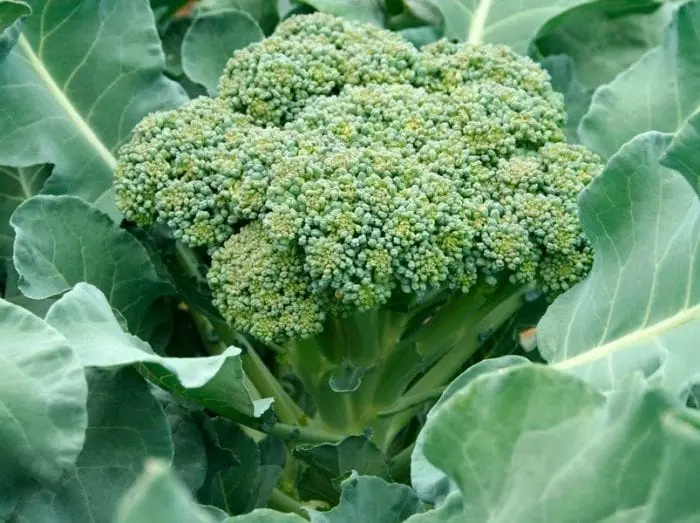
A 2008 report published by the Journal of Agriculture and Food Chemistry found boiling and steaming are best for preserving the antioxidant properties of broccoli. However, cooking destroys vitamin C. Other studies have shown that raw broccoli is best for preserving sulforaphane levels. In other words, whether you eat broccoli raw or cooked, it is an essential component of a balanced diet.
How to cook broccoli
First of all, you need to choose the right head of cabbage. Broccoli should be fresh – an even green color, without yellowness, blueness, dark spots, and dense green inflorescences. Cooking methods can affect the nutrient content and health benefits of broccoli. For example, boiling can remove up to 90% of the valuable nutrients from broccoli. At the same time, steaming, frying, deep-frying and microwave ovens tend to retain nutrients. If you are boiling broccoli, do it quickly and immediately put the vegetable in ice water, as in the recipe below, to maintain a bright green color and maximum nutrients.
Broccoli: recipes
Broccoli inflorescences are used in food. They can be used in salads and dishes raw or cooked, or in a cream soup, added to quiches and other pies toppings, and in smoothies. Try these dishes.
Broccoli omelet
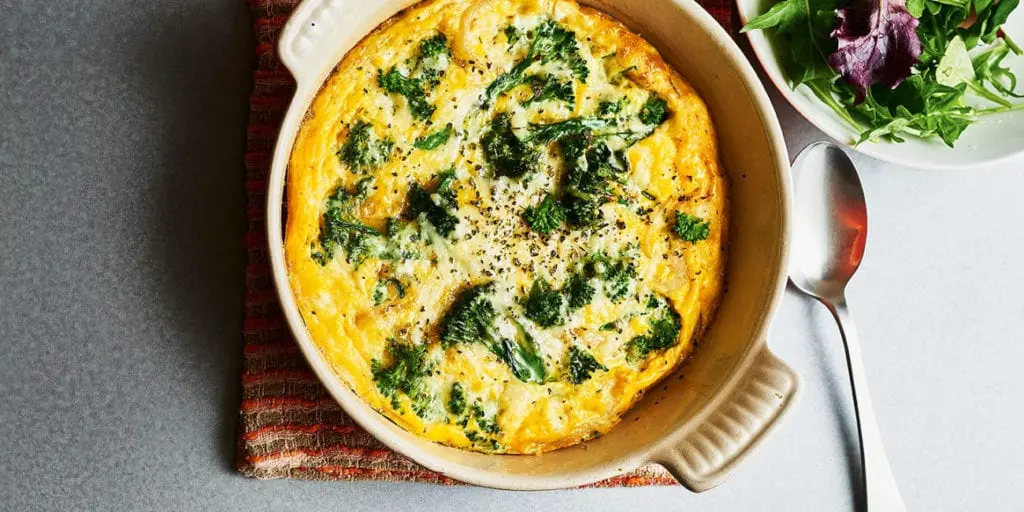
Disassemble the broccoli into small florets. Pour ½ cm of water into the pan. Boil water and spread the cabbage inflorescences in one layer. Cook, covered for 1 to 2 minutes. Drain the water, add butter and pour in the egg-milk mixture. Sprinkle with chopped Hutsul cheese or other cheese. Next, cook and serve like a regular omelet.
Broccoli with creamy sauce
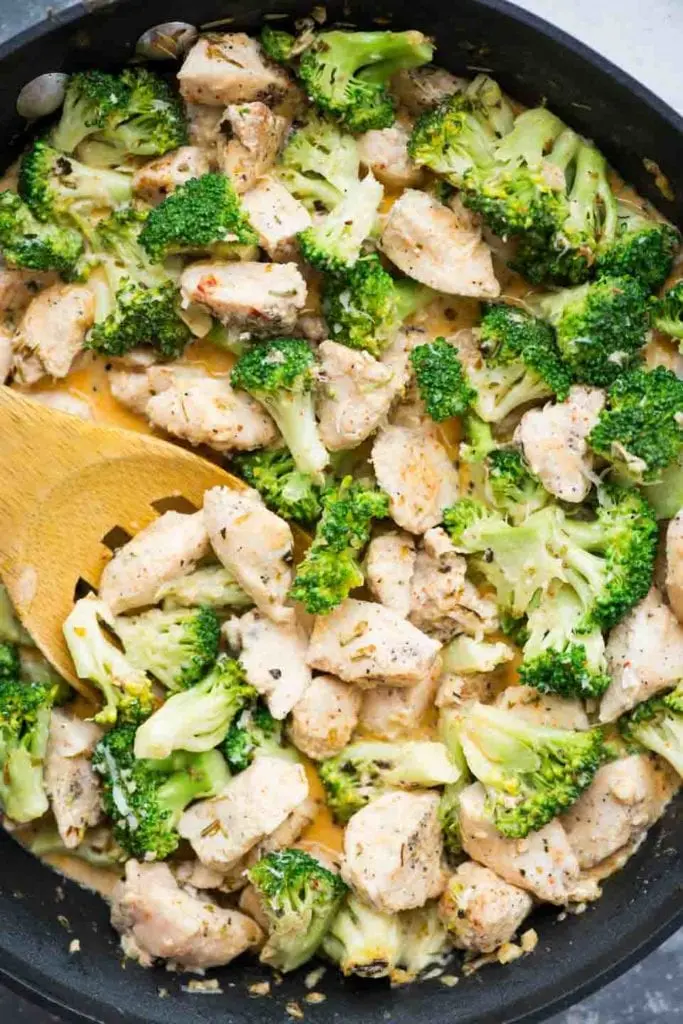
Disassemble 2-3 heads of broccoli into inflorescences. Boil water in a saucepan and prepare a bowl of cold water (preferably ice) in advance. Dip the inflorescences in boiling water, cook for 1-2 minutes. Remove broccoli and place in ice water.
Place 100 ml of cream (15-50%) on the stove to heat. Bring to small bubbles over low heat and add 20-25 g of grated Parmesan or colored blue cheese. Stir until smooth and remove from heat. Serve broccoli drizzled with cream cheese, as an addition to a hot dish or as a main course.
Broccoli with garlic sauce
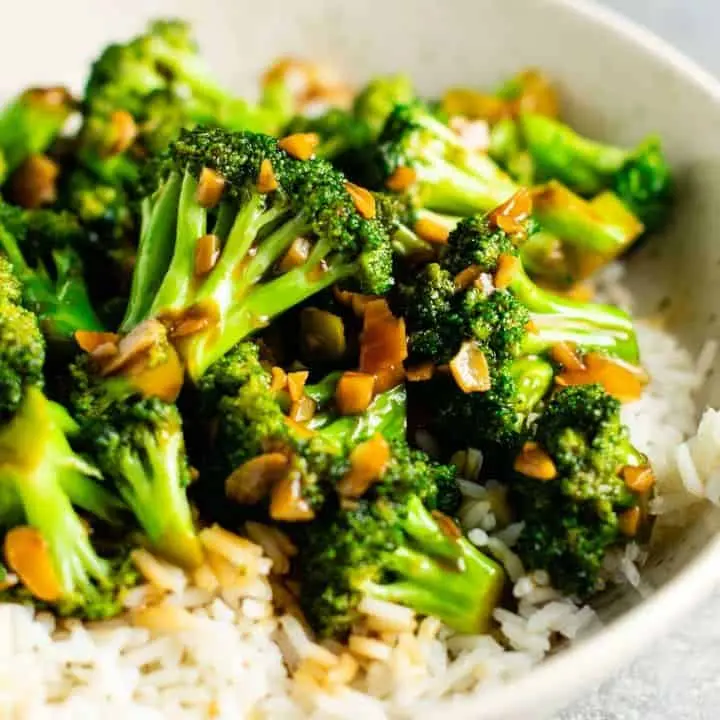
Boil broccoli according to the recipe above or steam it. Pass 1-2 cloves of garlic through a press, salt, season with black pepper and mix with 50-100 ml of olive oil. Season the broccoli with garlic oil and serve. For a more filling meal, add durum wheat pasta to the broccoli (1 to 1). This sauce goes well with raw broccoli and salads with it. If desired, flavor the dressing with sesame oil and use soy sauce instead of salt.
Broccoli in the oven

Preheat oven to 220 ° C. Line a baking sheet with aluminum foil, brush with vegetable oil. Arrange broccoli florets and drizzle with oil too. Spread the oil over the cabbage, lightly salt and sprinkle with Parmesan. Bake for 15-20 minutes, serve as a side dish or as a warm snack.









